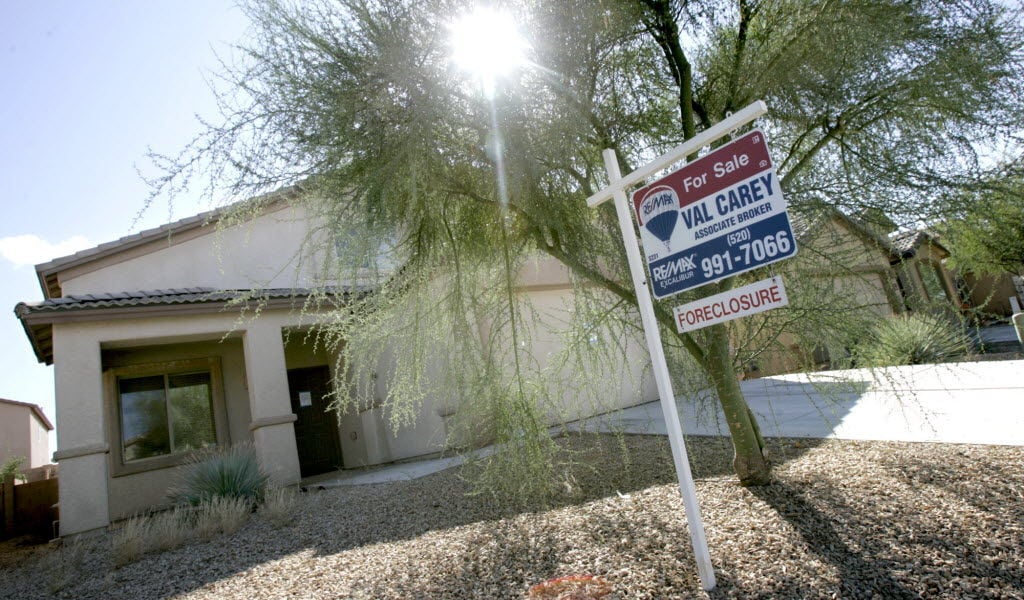Foreclosures in the Tucson market were at their lowest level in 2020 since the housing recovery began.
There were 31 foreclosures for the year, compared to the peak of the housing crisis locally in 2011 when 6,956 homes were foreclosed, data from the Pima County Recorder’s Office shows.
The Tucson area is in line with national trends, according to ATTOM Data Solution, licensor of national foreclosure data and parent company of RealtyTrac.
Across the country, there were 214,323 foreclosure filings in 2020, down 93% from the 2010 when nearly 2.9 million homes faced foreclosed nationwide.
“The impact of the government foreclosure moratoria and mortgage forbearance programs is nowhere more obvious than in the foreclosure start numbers from 2020,” said Rick Sharga, executive vice president of RealtyTrac. “The good news is that the government and mortgage industry succeeded in working together to prevent unnecessary foreclosures; the question remains how many homeowners whose finances have been affected by the pandemic will ultimately default on their loans, and whether the strength of the housing market will help cushion the fallout.”
Earlier this month, the U.S. Department of Housing and Urban Development extended its foreclosure and eviction moratorium through March 31.
“Immediately safeguarding borrowers with HUD-insured or guaranteed mortgages is an important first step in tackling larger, systemic housing challenges that must be overcome,” said Acting Federal Housing Commissioner Janet Golrick.
The moratorium prohibits initiating or proceeding with foreclosure and foreclosure-related evictions for HUD-insured or guaranteed single-family forward and reverse mortgages, except for those secured by legally vacant and abandoned properties.
Mortgage companies are required to provide up to six months of forbearance when a borrower experiencing a financial hardship due to COVID-19 requests this assistance and up to an additional six months for a borrower who requests an extension of the initial forbearance.
The concern is what will happen to struggling homeowners once the moratorium expires.
“There is a backlog of foreclosures building up — loans that were in foreclosure prior to the moratoria, loans that would have defaulted under normal circumstances and loans whose borrowers are in financial distress due to the pandemic,” Sharga said. “While it’s still highly unlikely that we’ll see another wave of foreclosures like the one we had during the Great Recession, we really won’t know how big that backlog is until after the government programs expire.”
The Tucson area has been on a steady recovery from foreclosures since 2012 when numbers started to drop dramatically after reaching a high in March 2011 when 791 homes went into foreclosure that month alone.
For more information on protections from foreclosure, visit fha.gov and click on COVID-19 resources.





